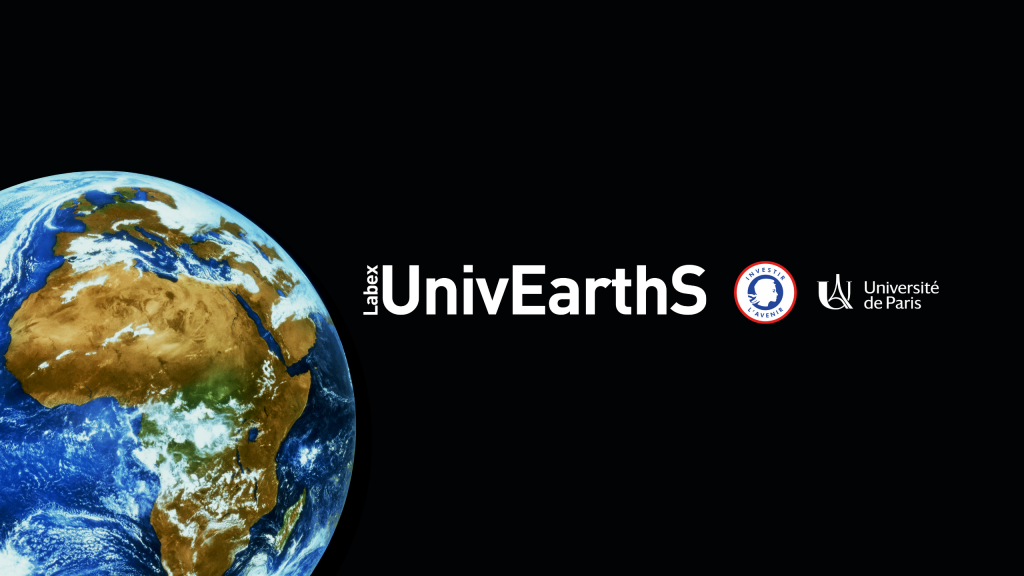Flashback: a flashback to 10 key scientific results of the year 2020
To celebrate the end of the year, let’s go back in time to rediscover 10 key scientific results of the year 2020. Come and find out more about the origins of our Earth and our Solar System, the use of neutrinos to study supernovas, or some of our current and future space missions. These results were made possible in part by the support of LabEx UnivEarthS.

Here is the list of articles on the main results of the LabEx UnivEarthS for the year 2020:
- 4.5 billions years ago, the Earth’s early atmosphere was similar to present Venus [1/10]
- Observing supernovae: neutrino detectors to the rescue [2/10]
- At the origins of the Solar System, millimetre-sized crystals at the heart of certain meteorites [3/10]
- Kinetic Inductance Detectors, a promising technology for precision astronomy [4/10]
- Light-speed seismology to prevent earthquakes [5/10]
- ATHENA, a technical challenge for the new generation of X-ray telescope [6/10]
- Dune fields, a key to understanding the climate of other “Earths” in the Solar System [7/10]
- SVOM/ECLAIRs space instrument will pave the way to a deeper understanding of ultra-long gamma-ray bursts [8/10]
- InSight/SEIS probes further into the heart of Mars [9/10]
- The search for dark matter compatible with the search for supernovae [10/10]
